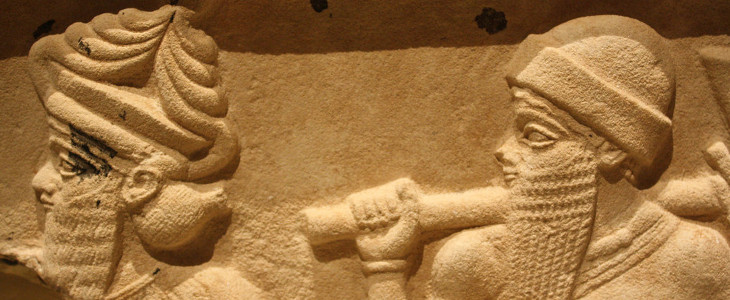Ur III Dynasty of Mesopotamia | Bala Tax 6000 BC
Mesopotamia is a historical region covering the Tigris–Euphrates river system. The region corresponds to most of Iraq, Kuwait, the eastern parts of Syria, and regions along the Turkish-Syrian and Iran–Iraq borders. Mesopotamia is the birthplace of some of the most important developments in human history, including the invention of the wheel, irrigation systems, the planting of the first cereal crops, astrology, Sumerian calendar, and metal/copper workings.
Mesopotamia, along with the Nile valley in Egypt, the Indus Valley Civilisation in India, and the Yellow River in China are all credited with inventing writing. Sumerian was Mesopotamia’s earliest written language and was an agglutinative language. This is a type of synthetic language where words remain unchanged when joined together.
The Bala Tax, Sumerian for ‘exchange’, is the method by which the Ur III dynasty of Mesopotamia collected taxes from its provinces. The taxes included livestock, fish, grain, labour and craft products. The provinces contributed materials according to the nature of goods they produced, their size, and the amount of goods they could produce. For example, Girsu being a rich source of grain, would provide grain to the Bala system.
Each province had their own governor who had to make sure everyone paid their taxes. The scale of the Bala taxation system was staggering. The taxes on grain, for example, accounted for 188 million litres of grain annually. The goods (taxes) were used to support the temples, royal families, state administrators, army, and the poor. Over 500,000 nonfood-producing individuals relied on the bala system for their sustenance. This generally took the form of wood, oil and grains.
The materials collected under the bala taxation system were recorded by kingdom administrators on clay tablets in cuneiform. Tablets found in the Lagash province, for example, recorded that in one month, there was 22,000 sheep, 1,000 cows, other meat cattle, and fodder. The tablets disappeared after the second year of Ibbi-Sin’s reign when the state stopped using the bala system. The bala tax system and the state were in a symbiotic relationship. Both broke down when external forces, the Amorite’s, raided their grains, cattle, etc.
Tax planning to avoid the Bala Taxes often involved hiding livestock or grain or smuggling them to different territories to be sold on the sly.
"You’d be stupid not to try to cut your tax bill and those that don’t are stupid in business"
- Bono: U2





